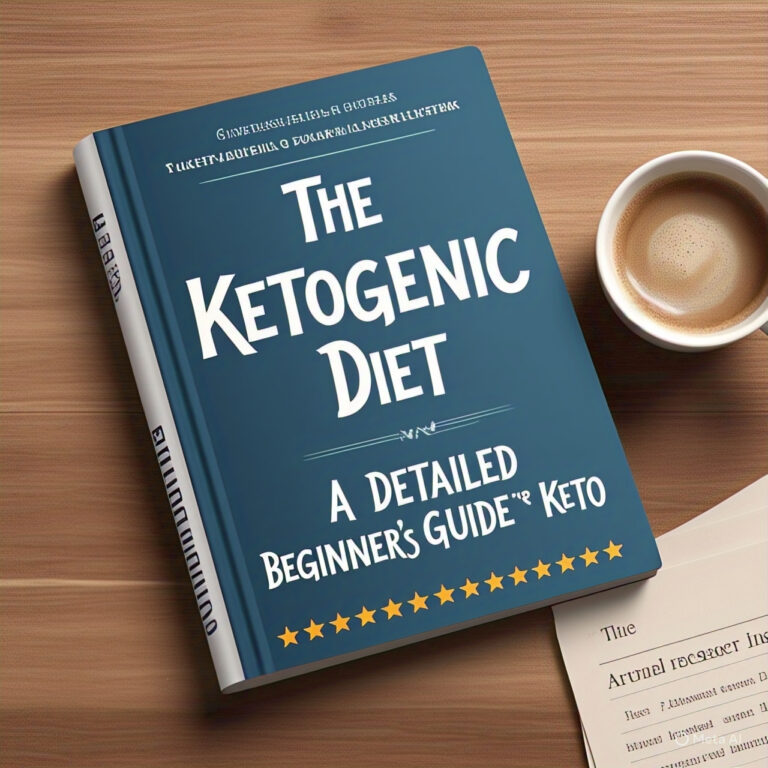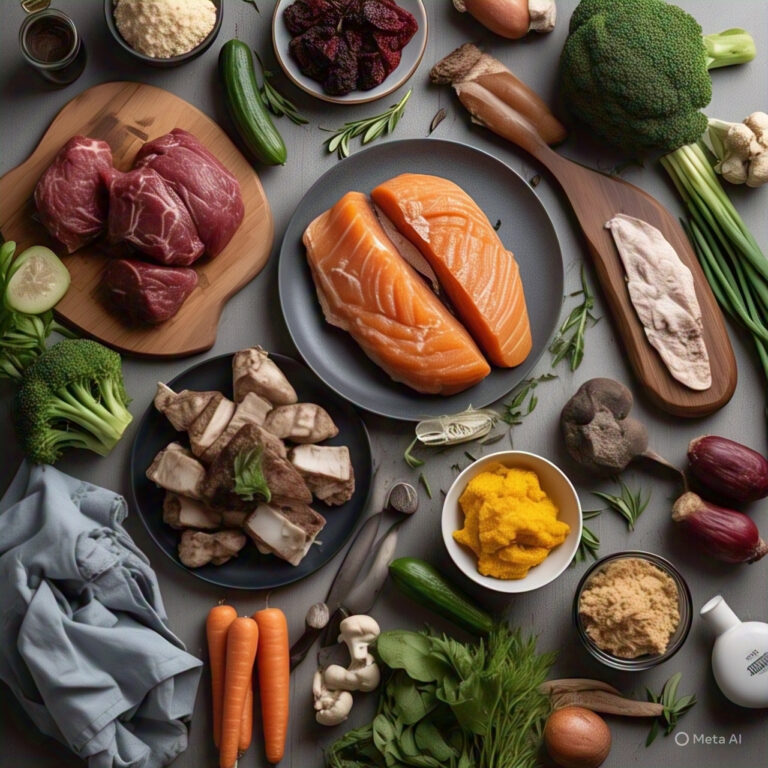
What is the Keto Diet?
The ketogenic diet is a high-fat, very low-carbohydrate, and moderate-protein diet that shifts your body into a state called ketosis. In ketosis, your body becomes highly efficient at burning fat for energy instead of relying on carbs.

How it works:
- By drastically reducing carbohydrate intake, the body’s glycogen stores become depleted.
- As a result, the liver produces molecules called ketones from fat, which serve as an alternative energy source.
- This process promotes fat loss and can improve certain health markers.
Benefits of the Keto Diet
- Weight loss: Increased fat burning can lead to significant weight reduction.
- Appetite suppression: Ketones can help reduce hunger, making it easier to eat less.
- Enhanced mental clarity: Many people report improved concentration and mental energy.
- Blood sugar control: Keto can help stabilize blood sugar levels and improve insulin sensitivity.
- Potential therapeutic effects: Used in managing epilepsy and being researched for other neurological conditions.

Foods to Eat on Keto
Emphasize:
- Healthy fats: Avocado, olive oil, coconut oil, nuts, seeds, and fatty fish like salmon.
- Proteins: Meat, poultry, eggs, and seafood.
- Low-carb vegetables: Leafy greens, broccoli, cauliflower, zucchini, peppers, and cucumbers.
- Dairy: Cheese, butter, heavy cream (in moderation).

Foods to limit or avoid:
- Sugary foods: Sweets, soda, desserts.
- Grains and starchy vegetables: Bread, pasta, rice, potatoes.
- Legumes: Beans, lentils, chickpeas.
- Fruits: Most fruits are high in carbs; berries in small amounts are okay.
- Processed foods: Snacks, fast foods, and processed meats with added sugars or carbs.
Sample Meal Plan
Breakfast: Scrambled eggs cooked in butter with spinach and avocado
Lunch: Grilled chicken salad with olive oil dressing and cheese
Dinner: Salmon baked with broccoli and a side of cauliflower mash
Snacks: Nuts, cheese slices, or boiled eggs
Tips for Success
- Plan your meals: Having a meal plan helps avoid accidental carb intake.
- Stay hydrated: Drink plenty of water and consider electrolytes to prevent dehydration.
- Monitor carb intake: Aim for about 20-50 grams of net carbs daily.
- Track your progress: Use apps or journals to keep an eye on macros and body changes.
- Be patient: It can take a few days to a week for your body to enter ketosis and start seeing results.
- Watch for side effects: Common initial symptoms include fatigue, headache, or irritability, often called the “keto flu.” Staying hydrated and maintaining electrolytes helps.
Is the Keto Diet Right for You?
While many find success with keto, it may not be suitable for everyone, especially those with certain medical conditions or pregnant and breastfeeding women. Always consult with a healthcare professional or a registered dietitian before starting any new diet plan.

